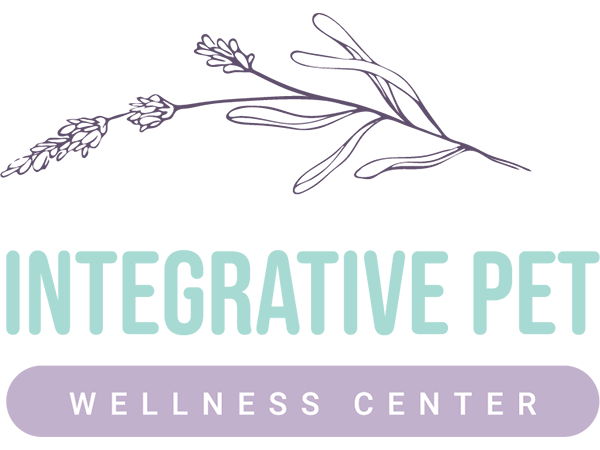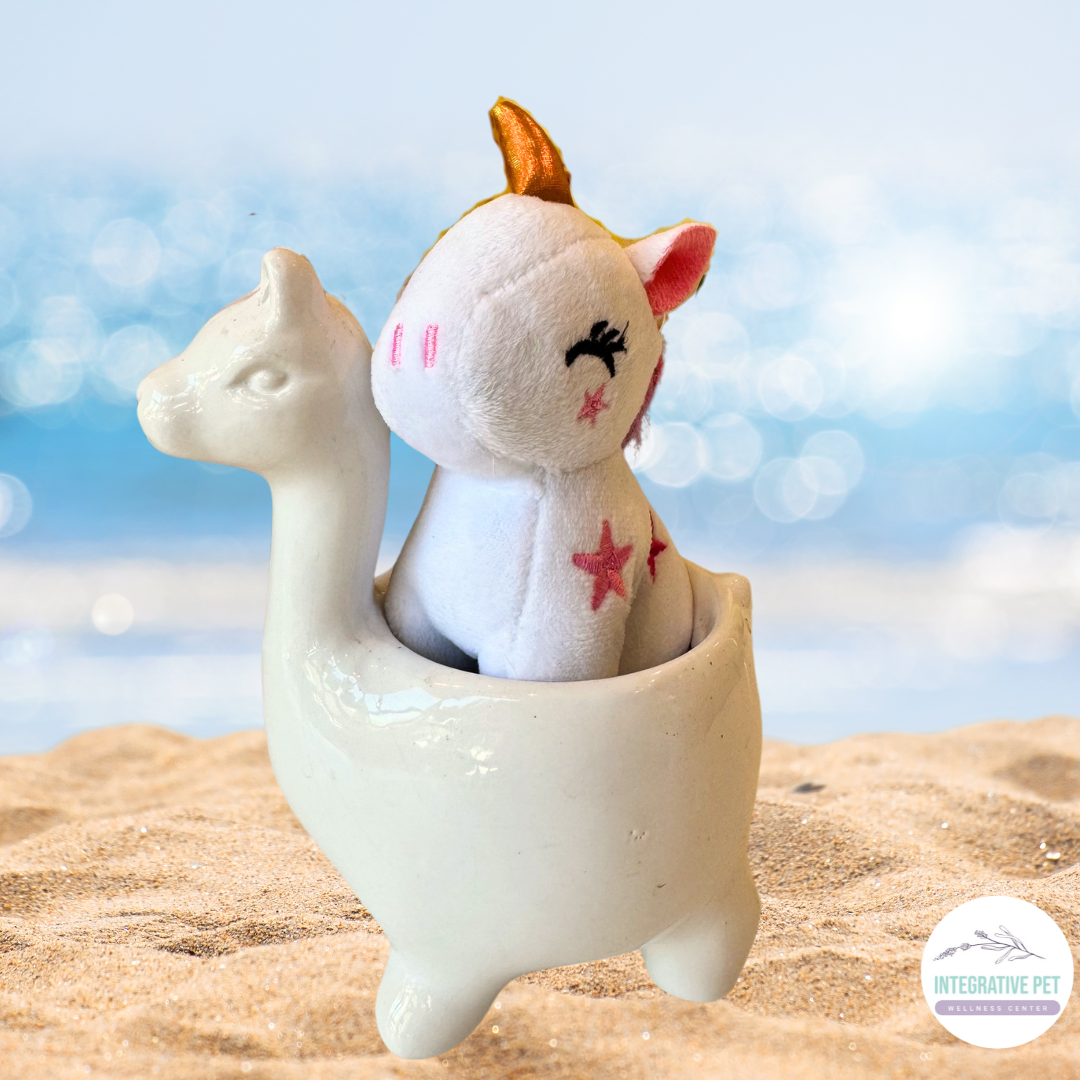Yesterday, I had the pleasure of catching up with some old veterinary colleagues. As always happens when vets get together, our conversation eventually turned to our work. One of my friends shared her frustration with managing her dog’s severe allergies. She was concerned about how uncomfortable her dog was and the reliance on monthly injections to keep the symptoms at bay.
Her story took me back to my early days in practice. I remember how challenging it was to manage allergies with conventional methods. It often felt like a losing battle, as the symptoms would either persist or return with a vengeance. Our treatment options were limited to symptomatic relief, and over time, the issues seemed to worsen.
The Conventional Approach to Pet Allergies
In conventional veterinary medicine, there are several primary strategies for managing pet allergies:
1. Steroids
Steroids are commonly used to control inflammation and itching.
Pros:
-
- Rapid relief from severe itching and inflammation.
- Effective in acute situations.
Cons:
-
- Long-term use can lead to side effects such as increased thirst and hunger, weight gain, immune suppression, and potential liver and kidney damage.
2. Antibiotics and Antifungal Medications
These are used to treat secondary infections that often accompany severe allergic reactions.
Pros:
-
- Effective in eliminating bacterial and fungal infections, thereby reducing symptoms.
Cons:
-
- Overuse can lead to antibiotic resistance and does not address the underlying allergy itself.
3. Immunosuppressive Drugs (e.g., Atopica, Cytopoint, Apoquel)
These drugs help manage allergies by modulating the immune system’s response.
Pros:
-
- Provide relief from chronic itching and inflammation, often with fewer side effects than steroids.
Cons:
-
- Potential for side effects such as gastrointestinal upset and increased risk of infections.
- Concerns about long-term use.
4. Immunotherapy / Desensitization Therapy
Immunotherapy involves gradually exposing the pet to small amounts of the allergen, aiming to desensitize the immune system.
Pros:
-
- Can lead to long-term tolerance of allergens and reduced need for medications.
Cons:
-
- Time-consuming, requiring regular treatments over months to years.
- Not all pets respond.
A Closer Look at Cytopoint and Apoquel – Because these are very common!
1. Cytopoint
Cytopoint is a monoclonal antibody treatment that targets and neutralizes interleukin-31 (IL-31), a protein involved in sending itch signals to the brain in dogs.
Pros:
-
- Targeted Action: Highly effective at reducing itchiness without broadly suppressing the immune system.
- Long-Lasting Relief: One injection can provide relief for four to eight weeks.
- Fewer Side Effects: Typically has fewer side effects compared to more generalized immunosuppressive drugs.
- Safe for Long-Term Use: Generally considered safe even in older dogs or those with other health conditions.
Cons:
-
- Cost: Can be more expensive, especially for large dogs requiring higher doses.
- Injection Required: Requires a veterinary visit for administration.
- Variable Effectiveness: Not all dogs respond as well to Cytopoint.
- Not for Cats: Only approved for use in dogs.
2. Apoquel
Apoquel (oclacitinib) is an oral medication for dogs that treats itching and inflammation caused by allergic skin conditions. It works by inhibiting Janus kinase (JAK) enzymes, which are proteins that are part of signaling pathways for cytokines that cause allergic and itch responses.
Pros:
-
- Rapid Relief: Can start relieving itching within four hours.
- Convenient Administration: Available in tablet form, easily administered at home.
- Broad Effectiveness: Effective against both allergic dermatitis and atopic dermatitis.
- Adjustable Dosing: Dosage can be adjusted based on the dog’s response and needs.
Cons:
-
- Potential Side Effects: Common side effects include vomiting, diarrhea, and increased susceptibility to infections due to immune suppression.
- Long-Term Use Concerns: Risks associated with long-term immune suppression, including potential neoplasia and infections.
- Cost: Can be costly, especially for long-term use and in larger dogs.
- Age Restrictions: Not recommended for use in dogs younger than 12 months or those with serious infections.
Integrative Therapies: Healing from Within
One thing I’ve learned in my holistic journey, especially with allergies, is the importance of focusing on healing the immune system. Allergies are essentially the immune system overreacting to normal substances, whether environmental or dietary. Instead of just telling the immune system to stop reacting, we need to help it recognize what’s normal and what’s not, so it can focus on defending the body against true threats and keeping it healthy.
At our practice, we’ve seen remarkable success with integrative therapies that focus on healing the body from within. Here are some of the key components:
1.Microbiome Therapy and Fecal Microbiota Transplant (FMT)
A healthy gut microbiome is essential for a robust immune system. Dysbiosis, or an imbalance in the gut flora, can contribute to immune dysfunction and allergies. Microbiome therapy aims to restore balance using probiotics, prebiotics, and sometimes, fecal microbiota transplant (FMT).
Pros:
-
- Can restore healthy gut flora, improve digestion, and enhance overall immune function.
- Potential for long-term relief from allergies.
Cons:
-
- FMT requires careful donor selection and is still an emerging field with ongoing research.
2. Ozone Therapy
Ozone therapy, particularly major autohemotherapy, involves drawing blood from the pet, mixing it with ozone, and reinfusing it. This therapy is known for its antimicrobial properties and ability to boost oxygen metabolism.
Pros:
-
- Antimicrobial effects, enhances immune response, promotes healing, and reduces inflammation.
Cons:
-
- Requires specialized equipment and training.
- Potential for temporary oxidative stress if not administered correctly.
3. Nutritional Support and Supplements
Transitioning away from ultra-processed foods to a whole-food diet rich in nutrients can significantly impact a pet’s overall health. Supplements such as omega-3 fatty acids, pre and probiotics, vitamins, and minerals can also support the immune system. Finding out exactly what a patient need for their supplementation needs is paramount for the success for that pet.
Pros:
-
- Improved overall health, potential reduction in allergy symptoms, and enhanced immune function.
Cons:
-
- Requires commitment to dietary changes.
- Some pets may need time to adjust to new foods.
————————
👉 Here’s the thing: I believe in using all available options to tailor the treatment to each pet and their family. It’s crucial to understand the difference between symptomatic relief and true healing within the system. Sometimes, we need short-term symptomatic relief while we work on a long-term healing plan. However, long-term use of medications and injections can lead to significant side effects.
The more we know, the better questions we can ask, leading to the best care plan for our pets!
If you have questions about your pet’s allergies, let us know!
🩷 With Love,
Dr. Lily Chen
Starlight Stories
Hello!
It’s Starlight, your favorite unicorn.
Tips for Taking Your Pet to a Pet-Friendly Dog Beach:
I highly recommend Huntington Dog Beach for a fantastic day out with your furry friend. The beach offers a welcoming environment for dogs to play, swim, and socialize, ensuring a memorable and enjoyable experience for both pets and their owners.
1.Packing Essentials:
-
- Leash and Collar: Even if the beach allows off-leash play, having a leash is essential for control and safety.
- Waste Bags: Clean up after your pet to keep the beach clean and enjoyable for everyone.
- Toys and Treats: Bring along your dog’s favorite toys and some treats for playtime and training.
- Don’t forget water and water bowl!
2. At the Beach:
-
- Shade and Rest: Provide shade for your pet to rest and avoid overheating. Portable beach tents or umbrellas work well.
- Monitor Interaction: Keep an eye on your dog’s interactions with other pets and people to ensure friendly and safe play.
- Fresh Water Rinse: Rinse your dog with fresh water after swimming to remove salt and sand from their coat.
3. Post-Beach Care:
-
- Removing Sand: Use a soft brush or grooming mitt to gently remove sand from your dog’s fur. Rinse your dog thoroughly with fresh water and consider using a pet-friendly shampoo.
- Check for Irritation: Inspect your dog’s paws, ears, and skin for any signs of irritation or injury. Sand and salt can cause discomfort if left on the skin.
- Drying Off: Dry your dog thoroughly with a towel to prevent dampness that can lead to skin issues.
I hope you have a wonderful time at the beach!
With love and sparkles,
Starlight 🌟


